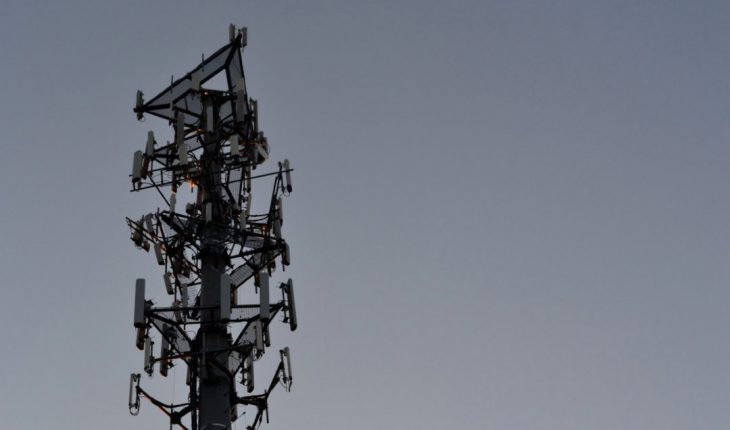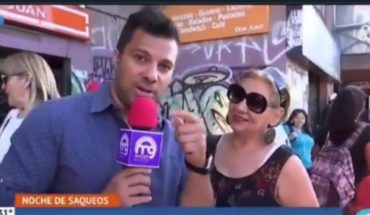Mexico.- An investigation by the Chilean South Lighthouse team discovered at least 21 suspected antennae in Mexico City that could be fake telephony towers, also known as IMSI catchers or stingrays. These devices pose as a base station, with the aim of intervening the cell phones that connect to them. In this way, they can collect information about users without their authorization.
The analysis, known as the Fake Antenna Detection Project (FADe), examined 1801 antennas located in the nation’s capital and comprised nearly 620,000 measurements. The study reported the largest number of anomalies in an antenna located in Amecameca – on the highway between Mexico City and Puebla – whose rank comprises the Attorney General’s Office of the State of Mexico and The Military Field 37-B of the Ministry of National Defense. Another antenna with several irregularities was also detected near the CDMX border with the State of Mexico.
The Mexico City Zocalo – also known as Plaza de la Constitución – was the third place with the highest number of inconsistencies and the first with the highest number of irregular antennas detected. Other points where false towers were also located were the Palace of Fine Arts, the Legislative Palace, the Heroic Military College, the General Archive of notaries, among others. The antennae are generally placed in spaces near government offices, military barracks or spaces of social protest.
While it is not possible to know who is behind the operation of the antennas, PODER has documented that the current federal administration has signed at least three contracts with the company L3Harris Techologies, one of the leading suppliers of these technologies in the world. In total, this company has signed 21 contracts with the Mexican government between 2011 and 2019. The contracts made during the management of Andrés Manuel López Obrador have been by the Ministry of National Defense and the Ministry of the Navy.
The FADe project also analyzed the presence of IMSI catchers in the cities of La Paz (Bolivia), Caracas (Venezuela), and on the border between Colombia and Venezuela. Caracas was the city with the most suspicious antennae (33), followed by the Valley of Mexico (21).
Among their capabilities, fake towers can get the IMSI number and IMEI of a cell phone, the content of calls and text messages, as well as access the files of the devices in their range. Some models may also send SMS or make calls anonymously to intimidate protesters or infect phones with malware.
In Mexico there is no legislation governing its acquisition or use, although its use would be considered illegal because it constitutes an intervention of private communications. According to the laws in force in the country, neither the Army nor the Navy – units that signed the contracts in this administration – have powers to exercise surveillance actions.
translated from Spanish: Locate antennas that steal information on CDMX
June 4, 2020 |





